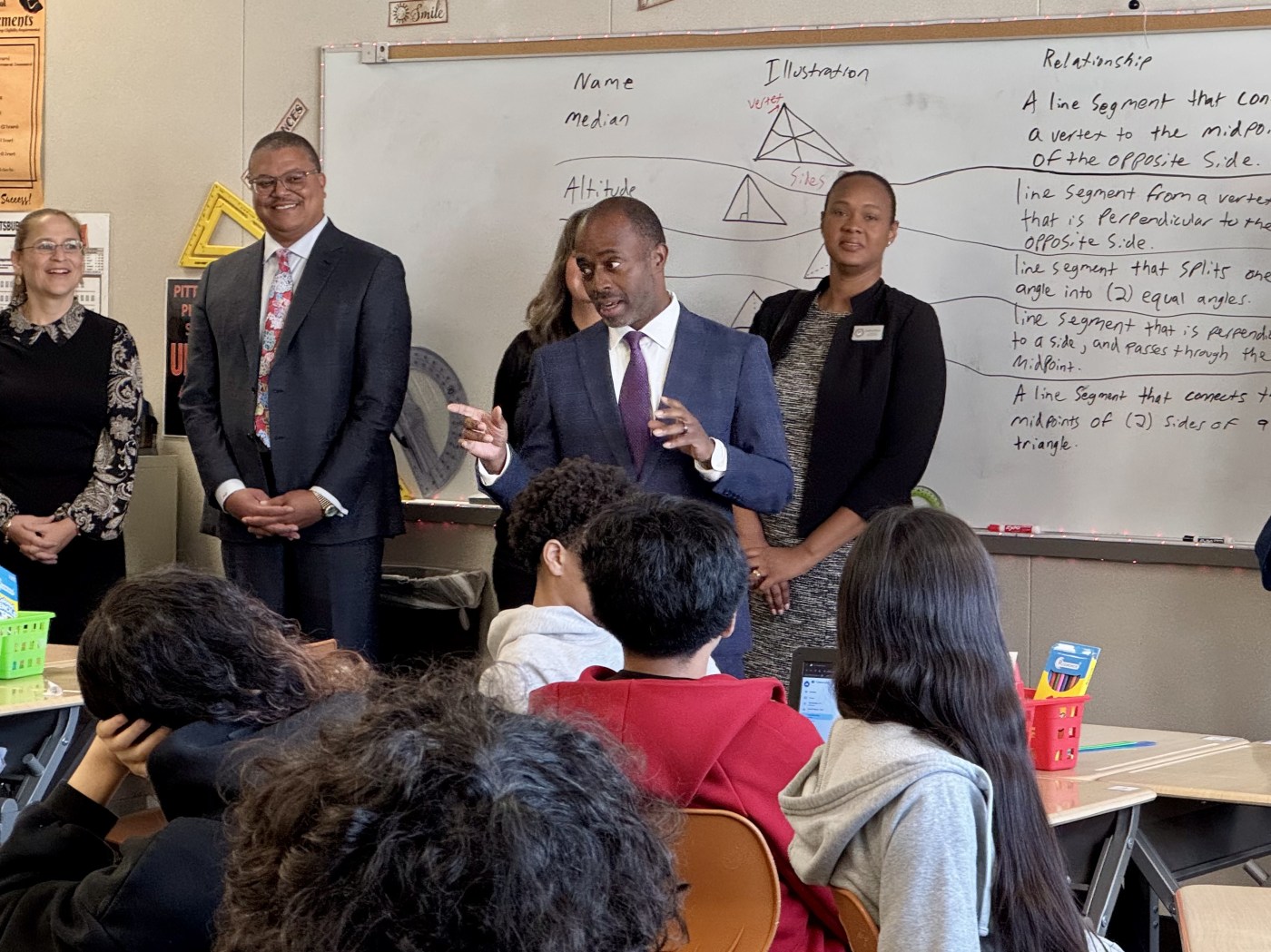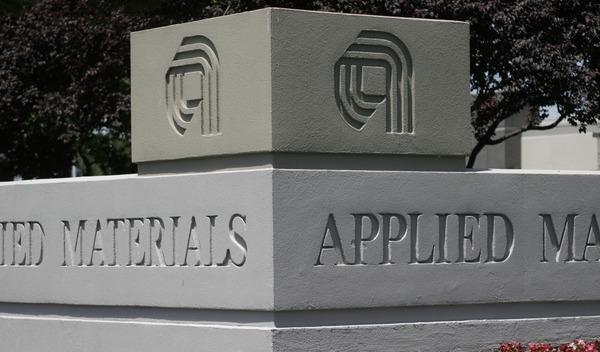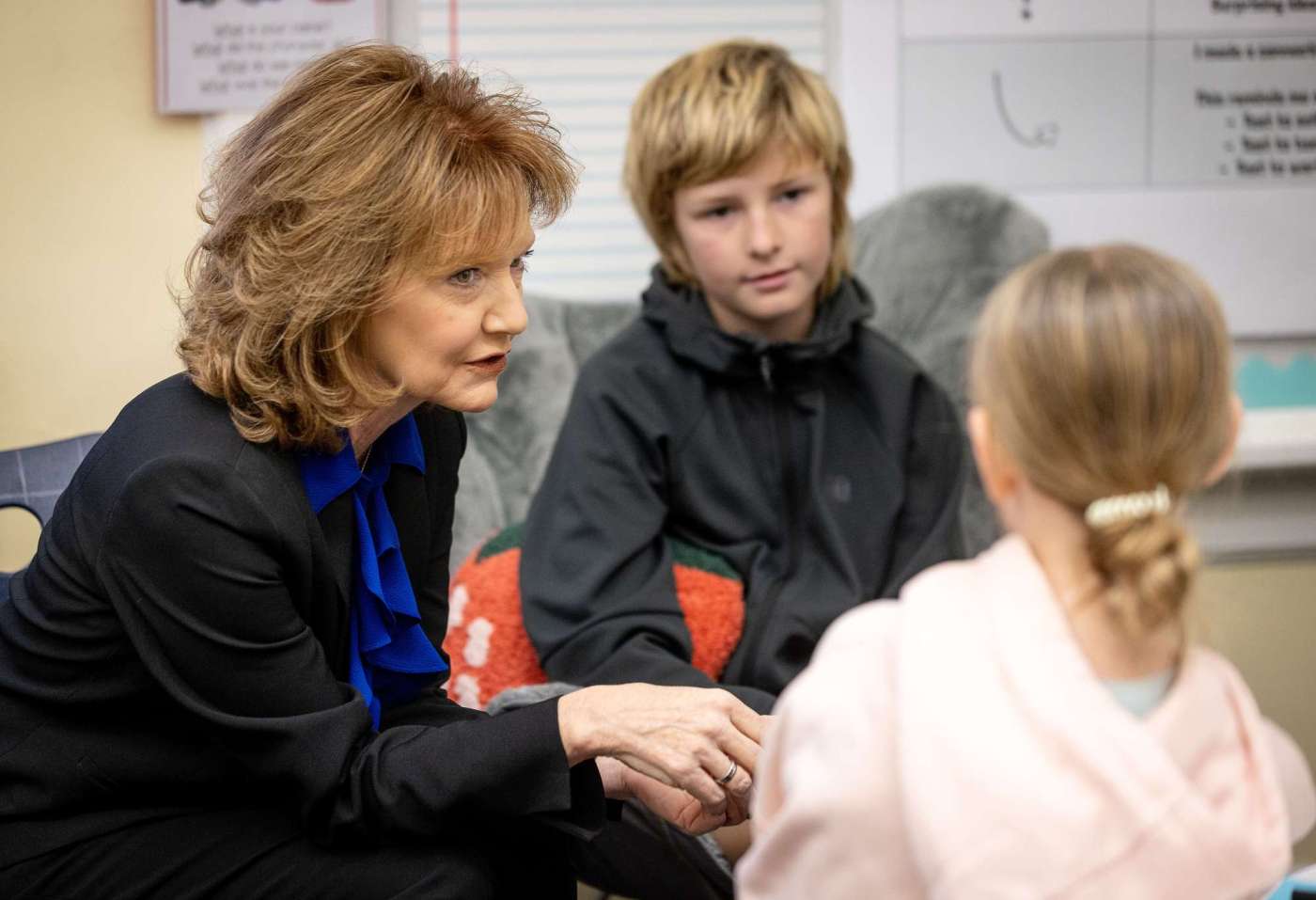PITTSBURG — Following disruptions in learning amid the COVID-19 pandemic, the Pittsburg Unified School District has seen improvements in literacy, math and science, according to a statewide assessment published earlier this month.
While district leaders attribute that success to collaboration and the Community Schools model, the assessment showed that students in the district who met or exceeded standards in English rose by 4.6%, math by 1.5%, and science by 2.9% when compared to 2024.
Related Articles
Bay Area school district discriminated against Jewish students, CDE finds
During cold and flu season, the youngest kids really are the germiest
California school district settles with teacher’s aide over Trump sticker, backpack, attorney says
Want your kid to be smart? Heads up: The Bay Area Science Festival is this Saturday
UC and CSU researchers caution against blanket cellphone bans in schools
The California Department of Education also reported that average scale scores for English and math rose across all grade levels and nearly every student demographic group in the district.
Pittsburg, which has 13 elementary, junior high, and high schools in total, is a full-service Community Schools District.
Started in 2021, the California Community Schools Partnership Program has received a total of $4.1 billion in investment since its inception. It aims to build partnerships between public schools and community organizations in order to provide resources and address economic and social barriers to improve student outcomes.
According to the program’s framework, schools use a “whole-child” approach and support the needs of students with “an integrated focus on academics, health and social services, youth and community development, and community engagement.”
This includes mental health services or family outreach, such as home visits and home-school partnerships, food assistance, and other initiatives tailored to the neighborhood’s needs.
State Superintendent Tony Thurmond, who visited Pittsburg High School on Wednesday, praised the progress students in the district have made, noting that it reflects the hard work of educators, students, and their families, despite challenges and barriers.
“Our students can thrive when given the right support, and we’re proud to have been a partner as a state agency,” said Thurmond. “We’re very proud of this district and we intend to keep working with Pittsburg and other districts across the state.”
Pittsburg Unified School District Superintendent Janet Schulze acknowledged how hard the pandemic hit students and families.
She credited students, teachers, classified staff, administrators, families, the school board, and partners for their hard work, noting that the “positive change” in test scores was not a one-off, but a “systemic change.”
The structures, systems, and strategies collaboratively put in place have also allowed the students to shine, noted Schulze.
“The pandemic was hard on our district; it was disproportionately hard, and we’ve all been working hard as a community to really rise back from that, and this is evidence that it is happening,” said Schulze. “We are truly a community that rallies around the success of our scholars. Our motto is ‘every scholar, every day.’ They deserve nothing less than our best.”
The district also saw a 3% improvement on the English Language Proficiency Assessments for California, said Schulze.
Aside from the Community Schools partnership, Schulze credited other initiatives that led to score improvements, such as the teachers’ residency program to address teacher shortages, offering professional development in the science of reading, early literacy programs, and utilizing other enrichment opportunities.
“We strategically look for and utilize all of the opportunities that the state offers, and we do that to impact systemic change in a positive manner, and we do that by working collaboratively together as a team,” said Schulze.
Camilo Soto Perez, a full-service community school coordinator at Pittsburg High School, said the school partners with around 200 community organizations, such as Monument Impact and La Clinica, to help students and their families access resources such as mental health therapy, mentorship, food banks and clothing.
“If there are barriers … because of other things happening or lack of access to resources, they’re not going to be able to focus in school,” said Soto Perez. “We’re able to provide those services or at least help them meet their needs, then they are able to access to education formally and without the concerns of everyone outside.”





